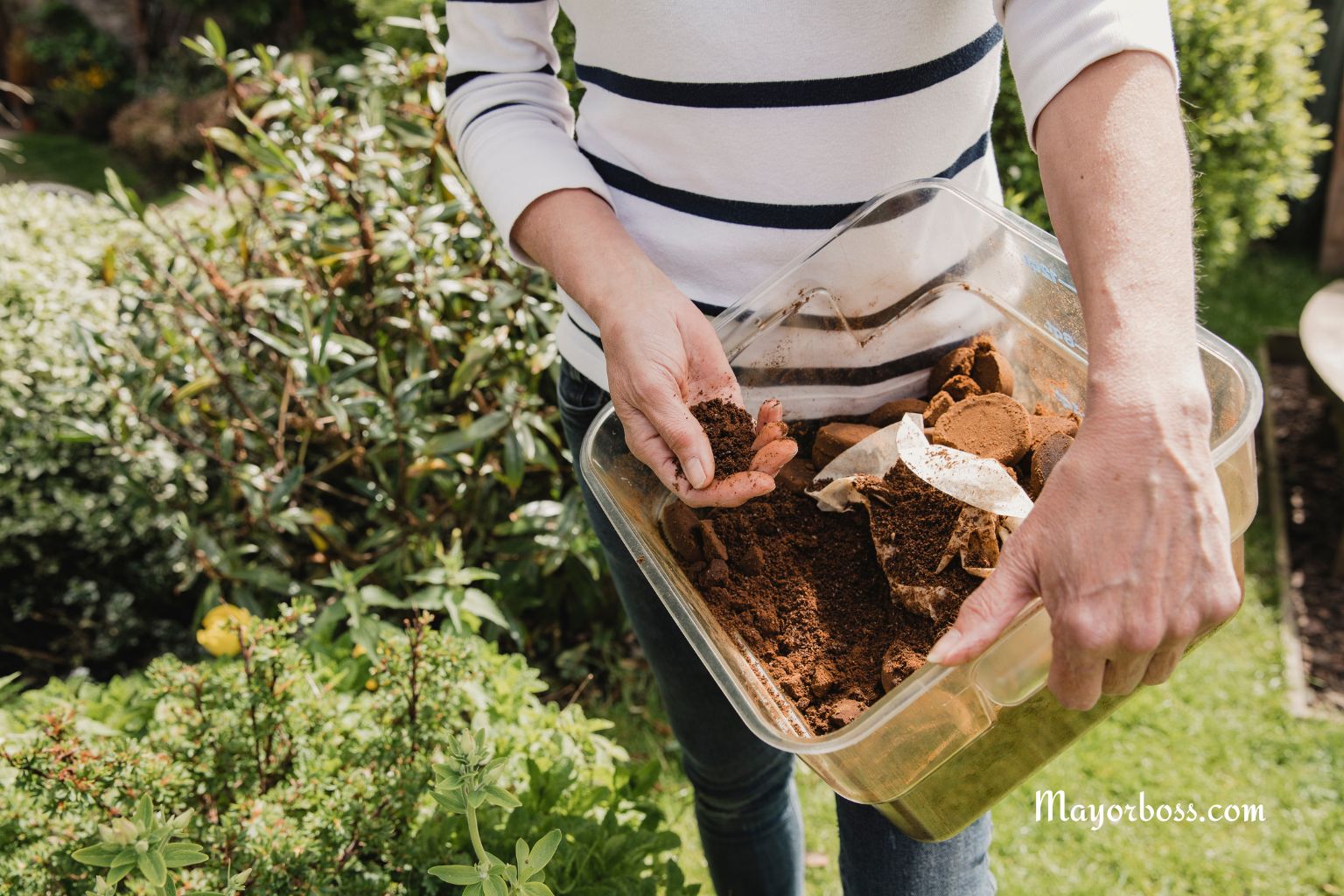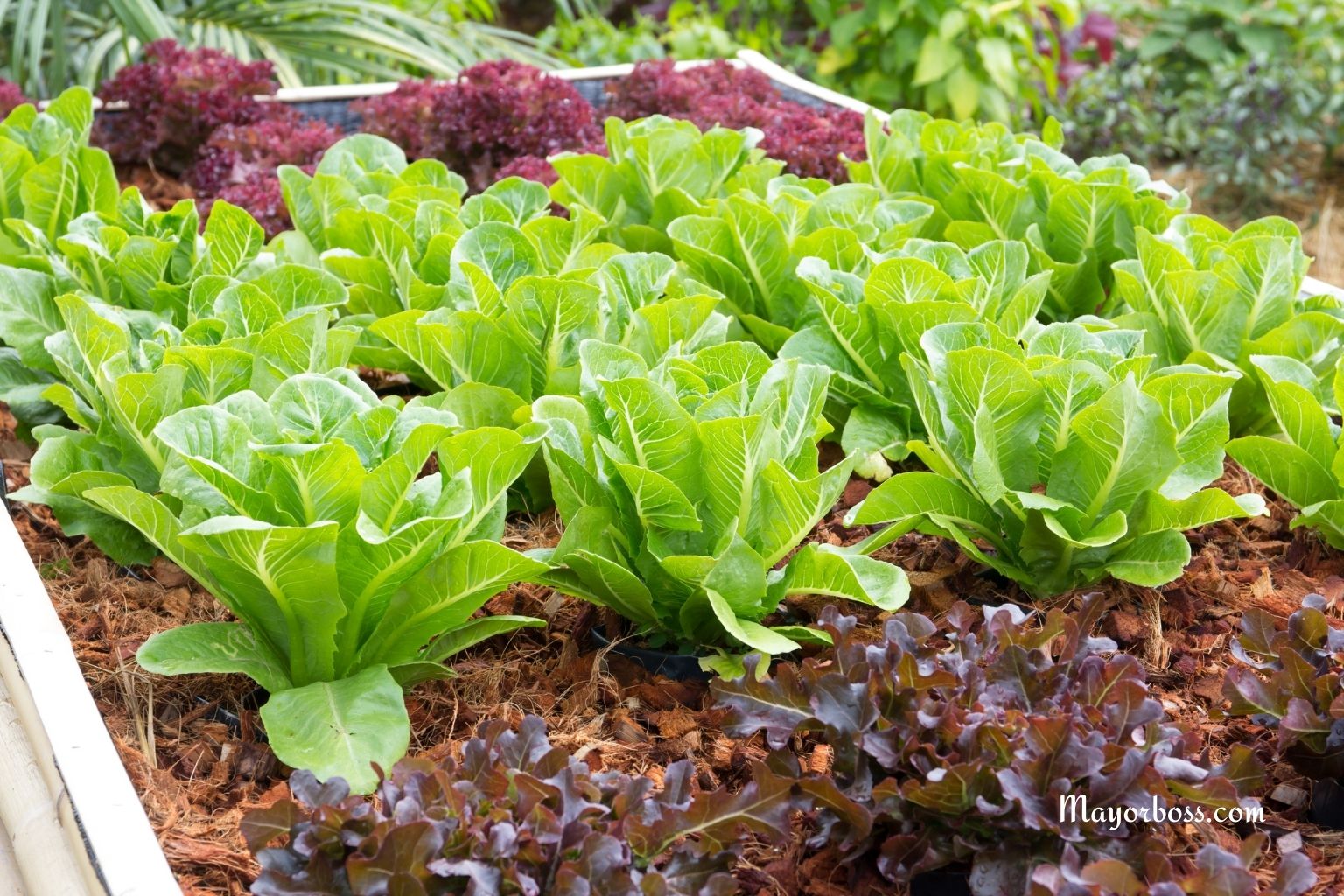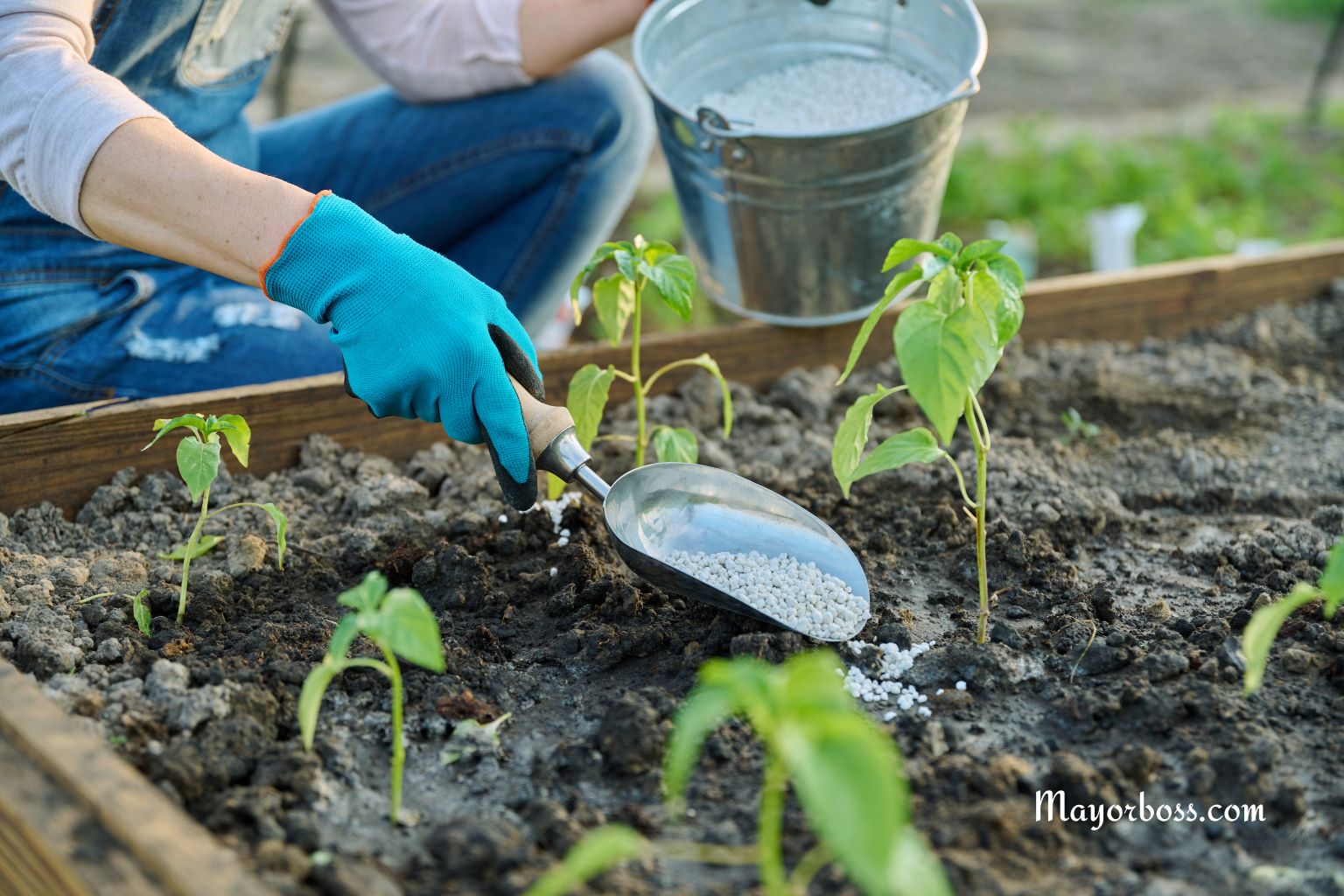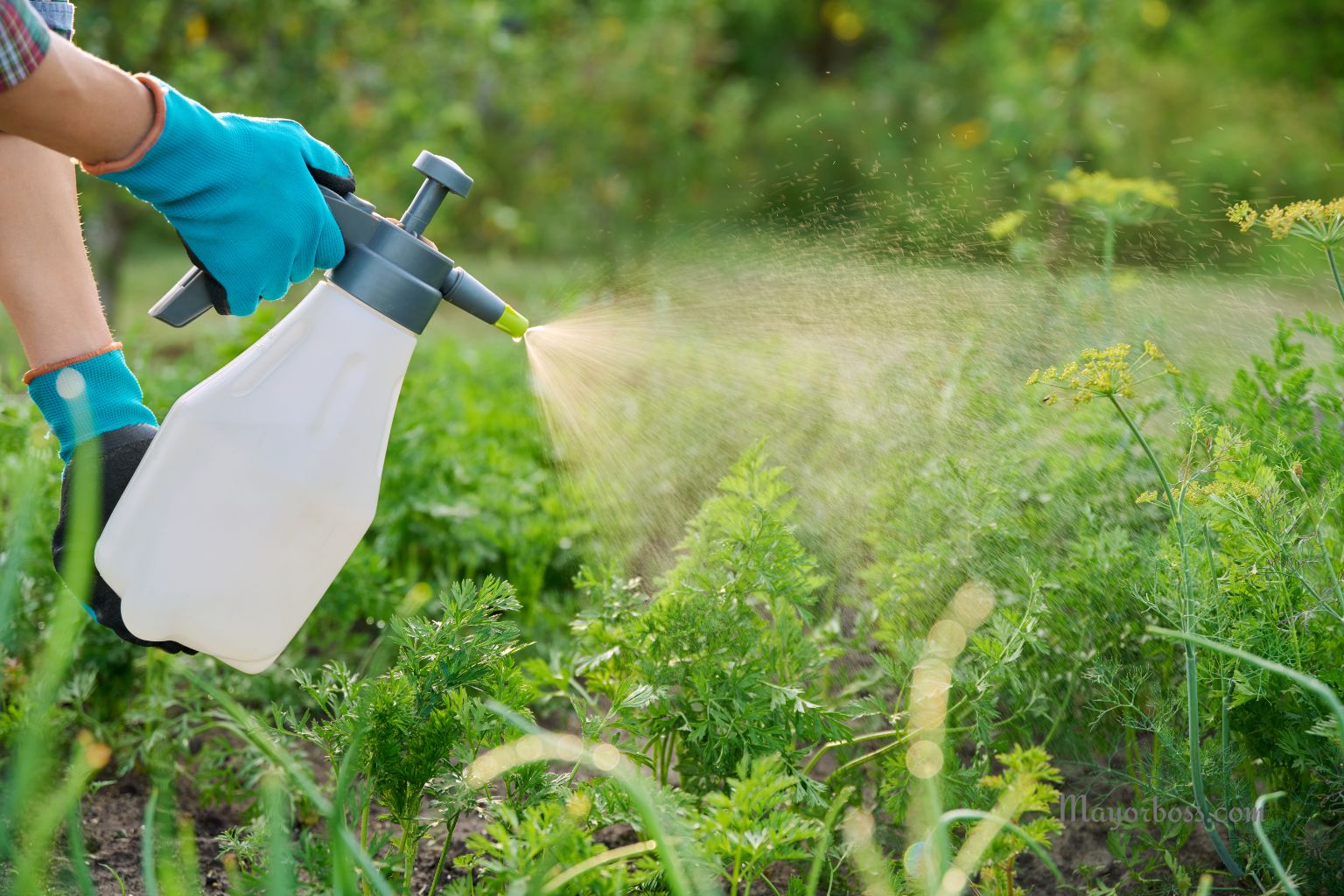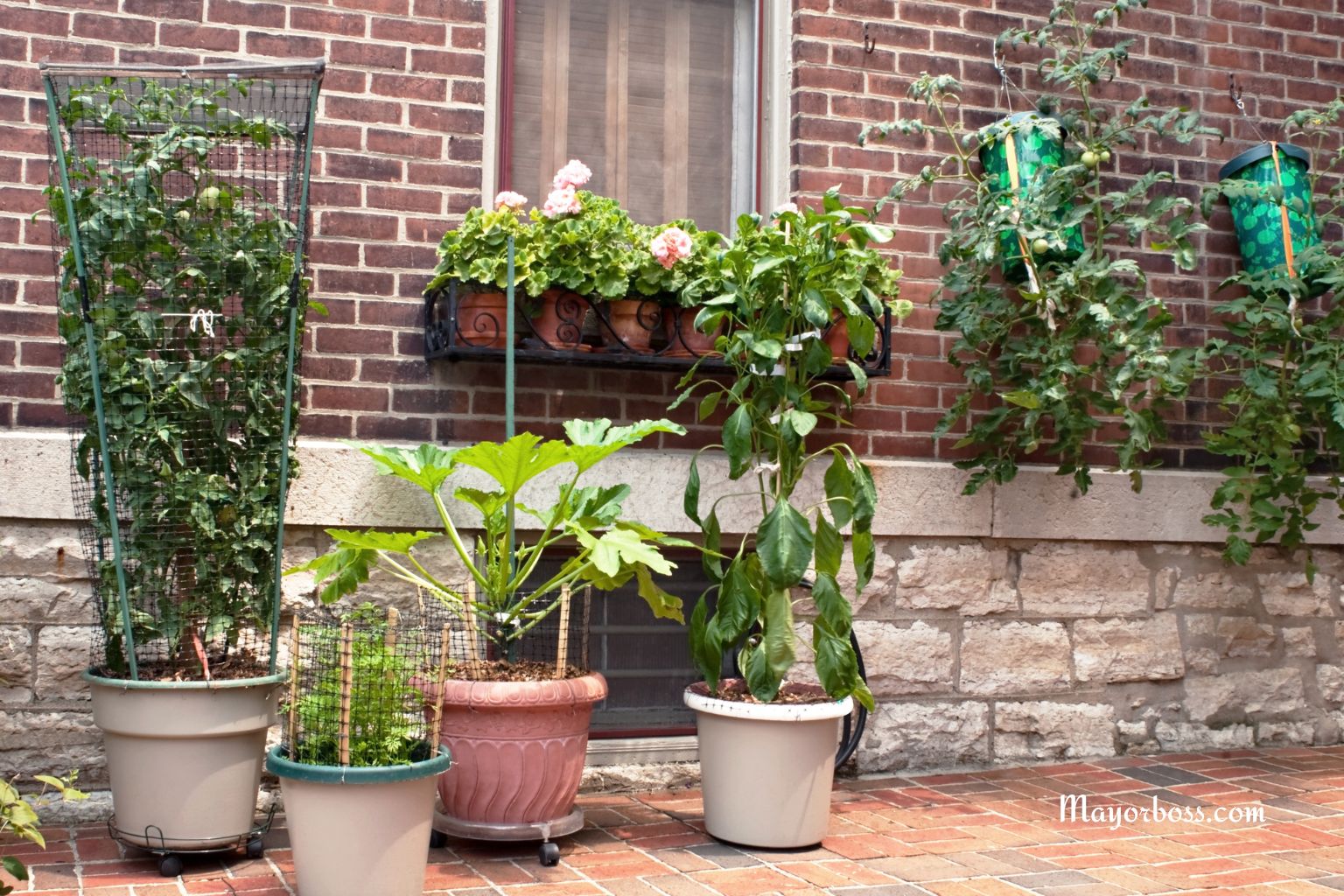The Best Fertilizer for Tomatoes, Onions, Peppers, and Corn: Yield Up to 300% More!
The best fertilizer for tomatoes, peppers, corn, and onions combines essential nutrients—nitrogen, phosphorus, potassium, and trace minerals—to support strong roots, healthy leaves, and abundant fruit. Using a balanced, slow-release fertilizer or a carefully crafted organic blend can help you achieve up to 300% higher yields by providing everything these popular vegetables need to thrive.
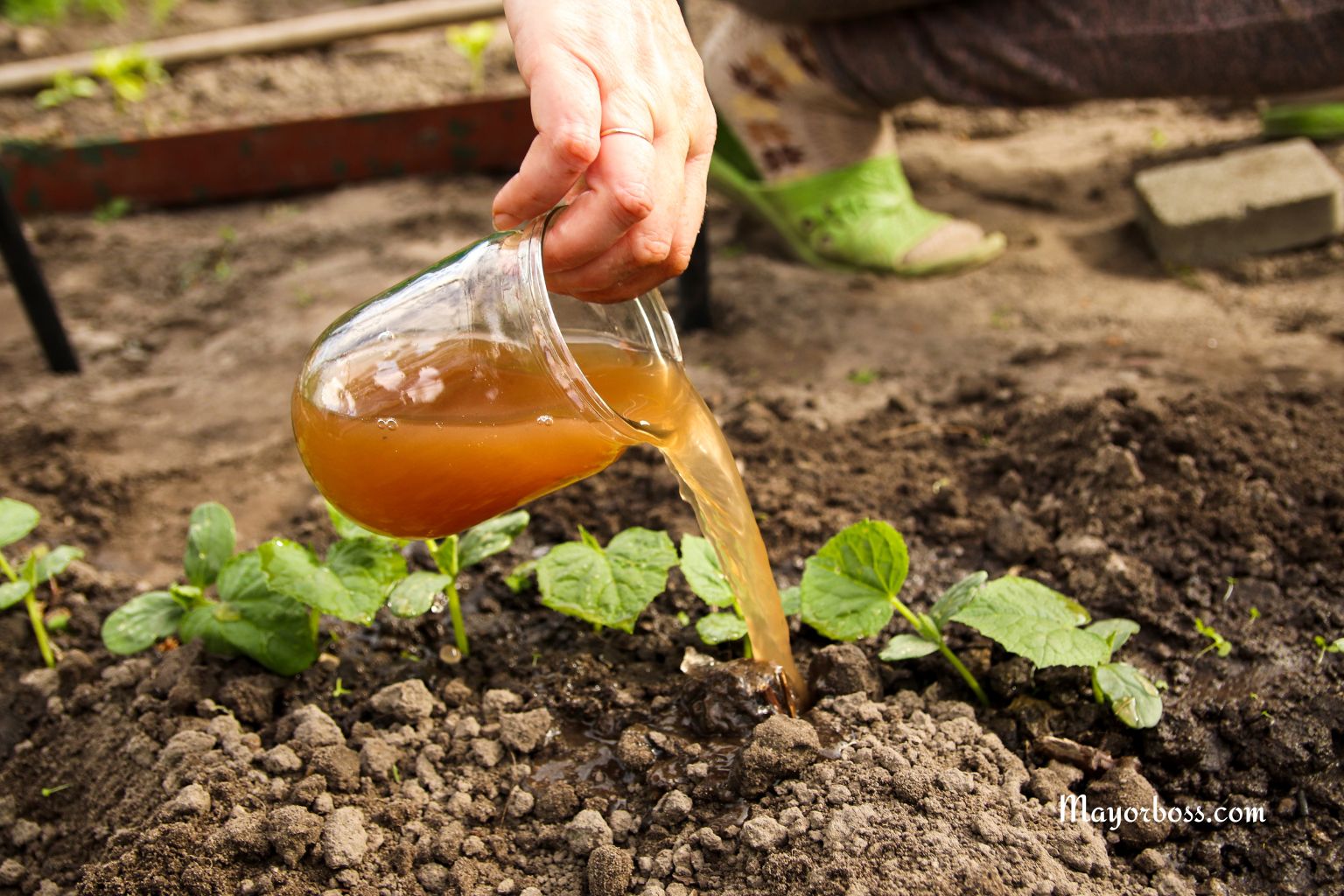
If you’ve ever spent months caring for your garden, only to end up with a disappointing harvest, you’re not alone. Many home gardeners wonder why their tomato vines look green but barely produce fruit, or why their onions seem stunted. The answer often comes down to one thing: the right fertilizer.
Plants, like people, need the proper nutrients to grow and stay healthy. Without them, even the best seeds and the richest soil will fall short. If you want to pick baskets full of juicy tomatoes, crisp peppers, sweet corn, and flavorful onions, it’s time to focus on feeding your crops what they truly need.
To choose the best fertilizer, it helps to understand what your vegetables are actually hungry for. There are three primary nutrients that every plant needs:
- Nitrogen (N): Helps plants grow lush, green leaves and stems.
- Phosphorus (P): Supports strong roots and healthy flowering.
- Potassium (K): Improves overall plant health and boosts fruit and vegetable development.
These are known as macronutrients. On fertilizer packaging, you’ll often see them as a set of three numbers, like 10-10-10, showing the percentage of each.
But there’s more. Plants also need secondary nutrients like calcium, magnesium, and sulfur, as well as trace minerals such as iron, zinc, and copper. Even in small amounts, these play a vital role in plant health.
Why One Fertilizer Doesn’t Fit All
You might wonder if you can use the same fertilizer for every vegetable. While tomatoes, peppers, corn, and onions share some basic needs, each has its own preferences.
- Tomatoes and Peppers: These fruiting vegetables need extra phosphorus and potassium once they start flowering, to support fruit growth. Too much nitrogen can lead to big, leafy plants with very few fruits.
- Corn: Corn is a “heavy feeder.” It requires a lot of nitrogen early in its life, which helps the stalks grow tall and strong.
- Onions: Onions need steady, balanced nutrition, especially nitrogen, to build up those big bulbs underground.
The good news? There are fertilizers designed to cover all these bases, especially if you use a balanced formula and adjust slightly for each crop’s needs.
The Best Fertilizer Options
Let’s look at the options that can help you achieve that dramatic 300% yield increase:
Balanced Granular Fertilizer (10-10-10 or 14-14-14)
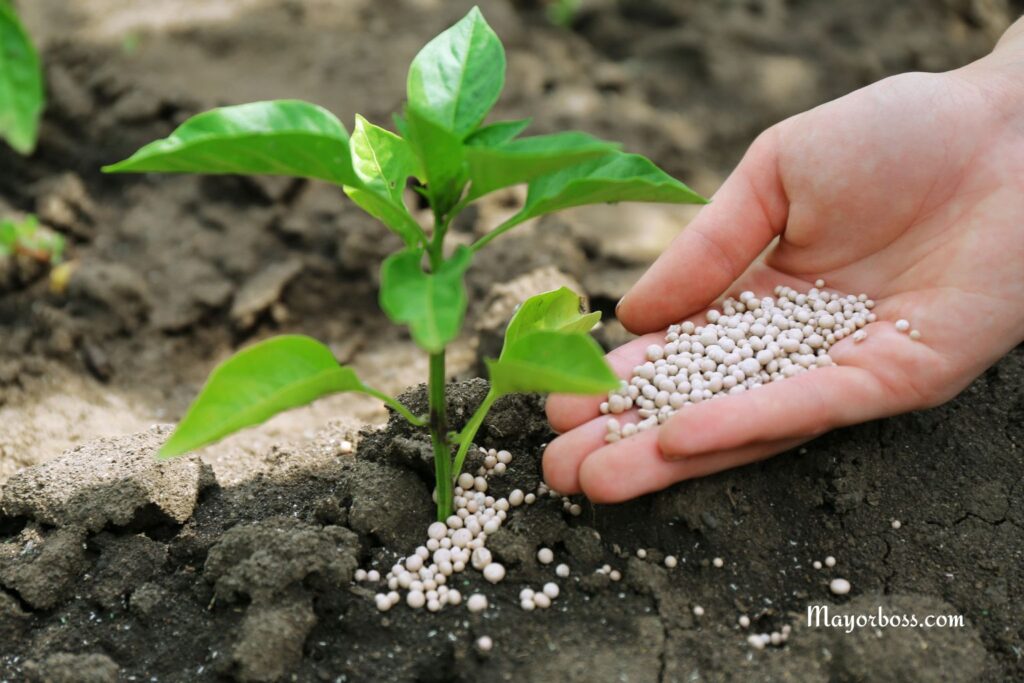
A balanced, slow-release granular fertilizer is a smart choice for most gardens. These products release nutrients gradually over time, so your plants get a steady supply.
- How to use: Work the recommended amount into the soil before planting, then side-dress your plants every 4-6 weeks during the growing season.
Compost (Original Fertilizer)
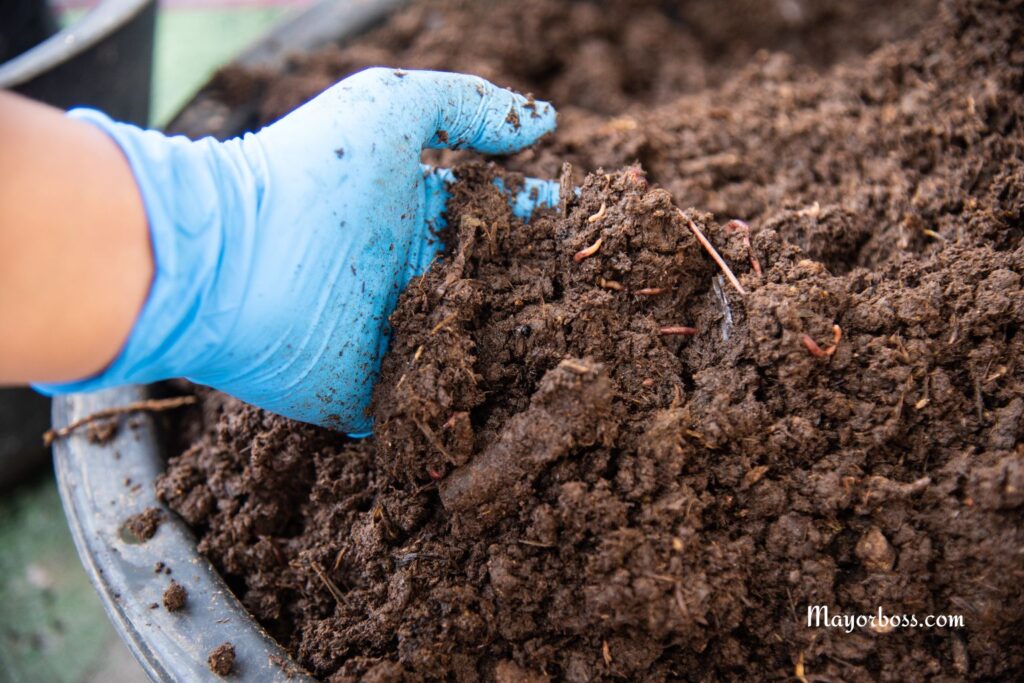
Organic fertilizers are trusted by gardeners who want to nourish their vegetables naturally and improve soil health over time. Compost and well-rotted manure are the two most popular choices, each offering unique advantages.
Compost is made from decomposed kitchen scraps, garden waste, leaves, and grass clippings. High-quality compost supplies a balance of nutrients—though usually lower in concentration than synthetic fertilizers—and improves soil texture, aeration, and water retention.1
How to use compost:
- Before planting: Work 2-4 inches of compost into the top layer of your garden bed or planting row. This supports root development from the start.
- During the season: Side-dress plants with a 1-inch layer of compost every 3-4 weeks. Place it around, but not directly against, stems.
- Mulching: Compost can also be spread on the soil surface as a mulch, helping to retain moisture, reduce weeds, and slowly feed plants as it breaks down.
Benefits:
Compost not only feeds plants, it also supports beneficial soil microbes and earthworms. Over time, compost use builds a soil structure that resists erosion, holds nutrients better, and helps plants withstand drought and disease.
Aged Manure (Nature’s Original Fertilizer)
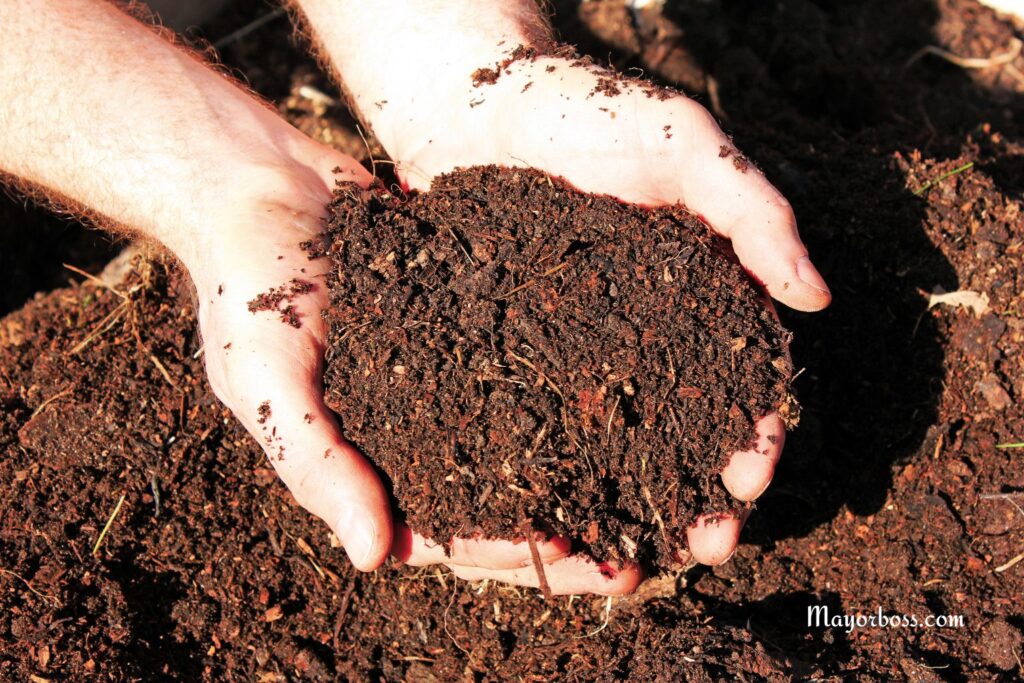
Animal manures are rich in nutrients, especially nitrogen. However, fresh manure can be too strong (and sometimes contains pathogens), so always use manure that has been aged or composted for several months.2
Best types of manure for vegetables:
- Cow manure: Mild, widely used, and safe for most crops.
- Chicken manure: Very nutrient-dense—great for heavy feeders like corn, but always use it well-composted to avoid burning plants.
- Horse manure: Adds bulk organic matter, but may contain more weed seeds unless composted thoroughly.
- Sheep and rabbit manure: These are “cooler” and can sometimes be used in smaller amounts without composting, but aging is still safest.
How to use aged manure:
- Before planting: Mix 1-2 inches of aged manure into the soil several weeks before sowing seeds or transplanting seedlings. This lets any strong nutrients mellow and protects young roots.
- During the growing season: For crops like corn or peppers, you can gently side-dress with a thin layer of composted manure midway through the season for a nutrient boost.
Cautions:
- Never use fresh manure near edible crops, as it can carry harmful bacteria.
- Too much manure, especially poultry, can overload your soil with nitrogen or salts, harming plants.
- Always wash produce thoroughly if manure is used in your garden.
Organic Blends Fertilizer
Many gardeners combine their compost and manure with other organic amendments for a custom blend. Ingredients like bone meal (adds phosphorus), wood ash (provides potassium), or worm castings (rich in micronutrients) can be mixed in.
Store-bought organic fertilizers are also available. These are made from natural ingredients such as fish meal, alfalfa meal, rock phosphate, and kelp. They’re formulated to provide a balanced blend of nutrients for vegetables.
How to use organic blends:
- Follow the label instructions for store-bought blends.
- For homemade mixes, start with compost as your base and add a handful of other amendments per square foot, depending on your soil’s needs.
Results to Expect from Organics
Organic fertilizers tend to act more slowly than synthetic options, but their effects last longer and support a healthier garden ecosystem. Over several seasons, you’ll notice:
- Looser, darker, richer soil
- Fewer plant diseases
- Improved drought resistance
- Steady, reliable harvests—even in challenging years
Healthy soil grows healthy plants. Organic matter feeds the soil, and the soil feeds the plants. Over time, you’ll see your vegetables thrive and your yields climb.”
Tomato and Vegetable-Specific Fertilizers
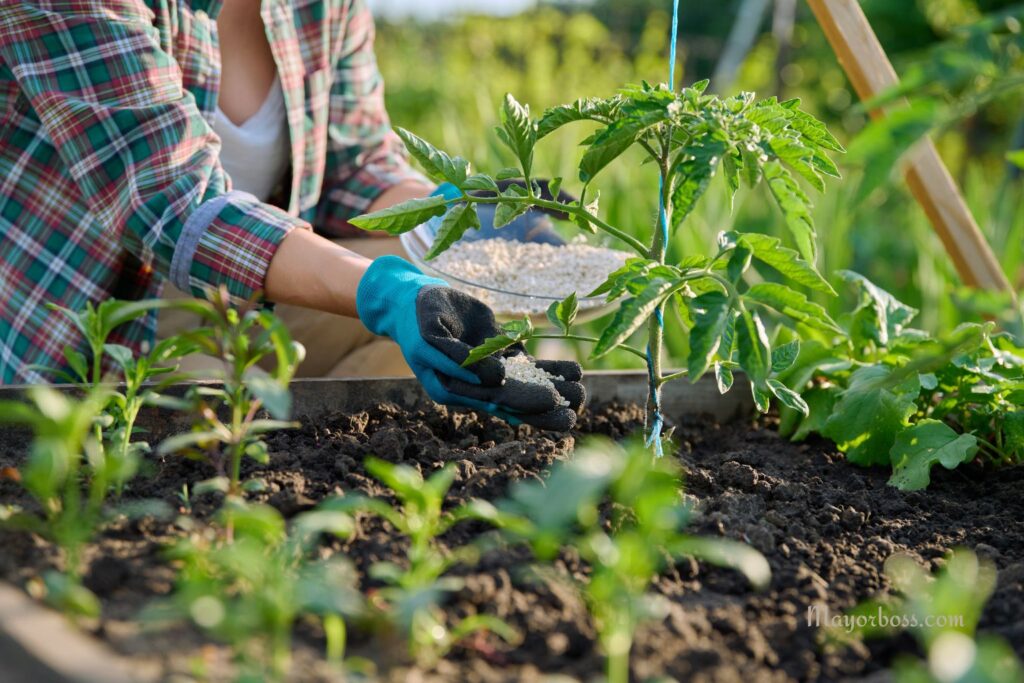
Many brands offer blends formulated for tomatoes and vegetables. These usually contain extra calcium to help prevent blossom end rot in tomatoes and peppers.
- How to use: Follow the label for application rates. Apply when planting and again when flowers or fruit first appear.
Fish Emulsion and Seaweed Extract
These liquid fertilizers give plants a quick boost of nutrients, especially during periods of rapid growth.
- How to use: Dilute according to the label and apply every 2-4 weeks as a foliar spray or soil drench.
How to Apply Fertilizer for Best Results
Simply having the right fertilizer isn’t enough—how you apply it makes all the difference. Here are a few practical tips:
- Before planting: Mix granular fertilizer or compost into the top 6-8 inches of soil. This gives roots easy access to nutrients as they grow.
- During growth: Side-dress (apply alongside the row) or use liquid fertilizers every few weeks, especially when plants begin to flower and fruit.
- Water thoroughly: After applying fertilizer, water your plants well. This helps carry nutrients down to the roots.
- Monitor your plants: Look for changes in leaf color, growth rate, and fruiting. Adjust your fertilizer schedule if plants look pale, stunted, or produce few fruits.
Common Fertilizer Mistakes to Avoid
Even experienced gardeners sometimes make missteps. Here’s what to watch out for:
- Over-fertilizing: Too much can “burn” your plants, causing yellow leaves or stunted growth.
- Using the wrong ratio: For example, giving tomatoes high-nitrogen fertilizer after they flower can lead to lots of leaves and few tomatoes.
- Neglecting soil health: Fertilizer isn’t a substitute for rich, living soil. Add compost or organic matter every season.
Final Thoughts
If you want to harvest more from your tomatoes, peppers, corn, and onions, don’t leave fertilizer as an afterthought. Choose a balanced or vegetable-specific fertilizer, apply it at the right times, and watch your garden thrive.
FAQs
1. How often should I fertilize my vegetables?
Apply granular fertilizer before planting and side-dress every 4-6 weeks. Liquid fertilizers can be used every 2-4 weeks during active growth.
2. Can I use the same fertilizer for all my vegetables?
A balanced vegetable fertilizer works for most, but adjust the ratio for each crop. For example, use higher nitrogen for corn and more phosphorus and potassium for tomatoes after flowering.
3. Is organic fertilizer as effective as synthetic?
Yes, if applied correctly. Organic fertilizers also improve soil health over time, but may act more slowly than synthetic types.
4. What signs show that my plants need more fertilizer?
Slow growth, pale leaves, poor flowering, or low yields can signal a nutrient deficiency.
5. Can too much fertilizer harm my plants?
Absolutely. Over-fertilizing can damage roots, burn leaves, and reduce your harvest. Always follow label instructions for the best results.

